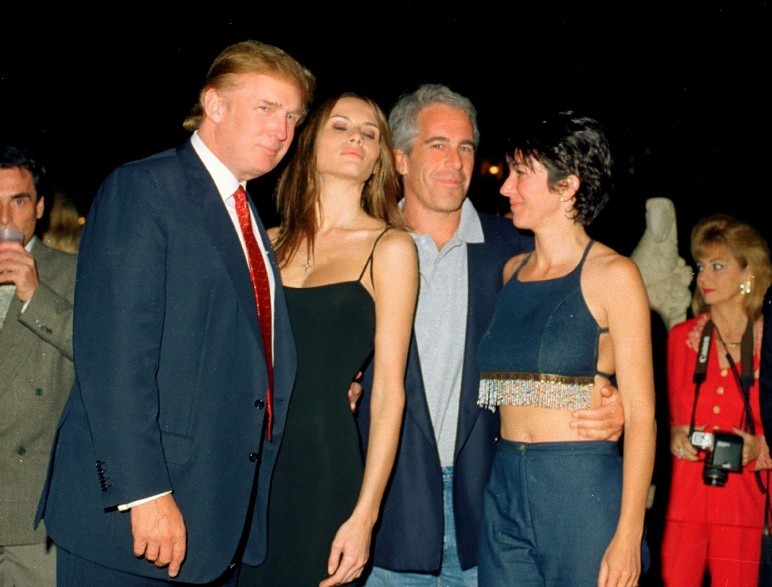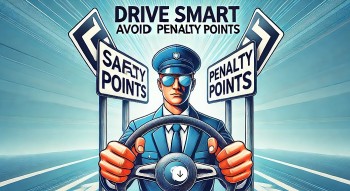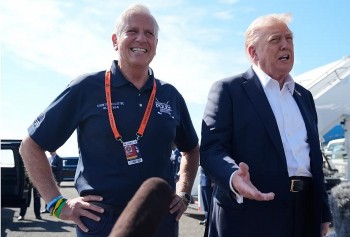Trump’s $2,000 Tariff Dividend: Who Gets It, How to Claim It, and What You Need to Know
In a bold move that has stirred excitement, skepticism, and confusion, President Donald Trump announced that most Americans could receive a $2,000 “tariff dividend”—a direct cash payout sourced from the tariffs the U.S. government collects on imported goods. But here’s the catch: not everyone will qualify, and the program is not yet real law.
This article unpacks the full picture—from who’s eligible, how the money might actually arrive, to what you should do now to be ready (and not scammed). We'll also tackle the politics, economics, and legal roadblocks standing in the way.
Summary and takeaway
-
President Trump has proposed a $2,000 “tariff dividend” for Americans, funded by tariff revenues collected by the U.S. federal government.
-
The proposal is still un‑finalised: eligibility criteria (income cutoffs, dependents, household structure), delivery mechanism (check, direct deposit, tax credit) and timing remain uncertain.
-
The proposal is not universal in the strictest sense: high income households are explicitly excluded; hence “all Americans” will not automatically receive it.
-
Implementation will require legislation, administrative setup, budget appropriation and possibly rely on tax system infrastructure.
-
The financial and legal feasibility is debated: while tariff revenues have risen, they may not fully cover a broad $2,000 payment to all eligible persons without increasing deficits or cutting elsewhere.
-
For individuals: If you believe you qualify, it pays to stay alert, maintain records, update IRS info, and be cautious of scams. If you may be excluded, you should not plan relying on the payment.
-
For the economy: The payment could provide relief for many, but risks include inflation, budget strain, and the possibility that the cost may outweigh the benefit for some households once the tariffs themselves raise consumer prices.
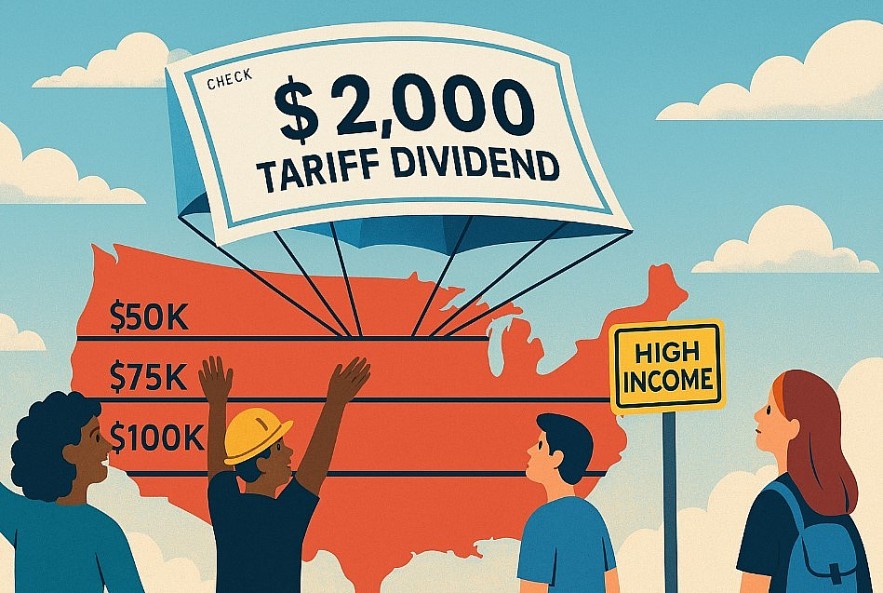 |
| A giant $2,000 check flying like a parachute over the U.S. map, with income lines below blocking some people |
What is the proposal?
At its core, President Trump’s proposal is to use revenue generated from U.S. tariffs (i.e., duties on imported goods) and redistribute part of that revenue as a “dividend” (essentially a direct payment) to Americans in the amount of at least $2,000 per person. He specifically stated: “a dividend of at least $2,000 a person (not including high income people!) will be paid to everyone.”
Key features as announced
-
The payment (or dividend) is to be funded via tariff revenues collected by the federal government.
-
The payment amount: at least $2,000 per person.
-
The qualification: excludes “high income people” (though the exact cutoff is not definitively set yet).
-
The announcement is more an intention than a fully‑crafted program: officials say they are exploring how to make it happen.
It is worth noting that such tariff‑dividends have been floated before—for example in the context of the so‑called “American Worker Rebate Act” introduced by Senator Josh Hawley earlier in 2025 (which proposed smaller rebate amounts).
In short: the proposal is real (i.e., announced), but many of the implementation details remain open.
Who appears eligible? Who might be excluded?
Because the proposal is not yet finalized, every description below is subject to change. But from the available statements and analysis, we can infer the likely contours of eligibility.
Likely eligible
-
U.S. residents (citizens, possibly certain permanent residents) who meet the “non‑high income” threshold. Since Trump said “not including high income people.”
-
Individuals (rather than corporations) are the focus—“a dividend … a person” was the phrasing used.
-
Families below a certain income threshold. One analyst cited by Investopedia says that Treasury Secretary Scott Bessent indicated the program could apply to families earning less than about $100,000/year.
-
Dependents (children) might also be included, but this is not clearly defined yet. Some reporting suggests “a person” could include children, but details are missing.
Likely excluded
-
“High‑income” individuals. The exact cutoff of “high income” is unspecified.
-
Possibly non‑residents or persons not eligible to receive standard federal payments (e.g., those not filing U.S. taxes) though this is speculation.
-
If the program takes a form other than direct checks (e.g., tax credits), certain taxpayers might be excluded (e.g., those with no tax liability) depending on how it is structured.
-
Implementation may require individuals to file taxes or meet other formalities, which could limit eligibility for some.
What analysis shows
-
The independent Tax Foundation estimates that if the cutoff is families earning under $100,000/year, then the cost of paying $2,000 per person could approach ~$300 billion.
-
Analysts note that tariff revenue (while sizable) likely falls short of covering universal payments to all Americans at $2,000 each.
In summary: the most plausible scenario is that the payments would go to many Americans, but not everyone—especially not high‑income individuals, and possibly not those in non‑traditional tax situations. The exact income ceiling and other eligibility criteria remain to be specified.
Will all Americans receive the payment?
The short answer: No, not under the latest public indicators—not everyone will receive it. While President Trump’s initial statement said “everyone (not including high income people!)”, further comment by Treasury Secretary Bessent and analysis show that “everyone” must be qualified and various details are still undecided.
Why “everyone” is unlikely
-
Income threshold: As noted, Bessent indicated it may be for families making under about $100,000/year. That automatically excludes higher‑income households.
-
Funding constraints: The revenue from tariffs is substantial but may not be sufficient to cover literally all U.S. persons at $2,000 each. Experts say this mismatch means eligibility would have to be constrained to make the program affordable.
-
Legislative and logistical realities: For example, during the COVID‑19 stimulus check programs, eligibility was set using tax filing thresholds, income ceilings, etc. A similar approach is likely here—and that implies not universal coverage.
-
Uncertainty in form: It’s also possible the “dividend” might arrive as tax cuts or credits (rather than direct checks) which would further complicate the notion of “everyone”. Bessent said the benefit “could be just the tax decreases” rather than a separate check.
Possible “everyone” interpretations
There’s still a chance that eligible individuals could number very large (for example, all those below a broad income cutoff), which might feel like “everyone” to many households. But in strict terms, the policy is not being described as universal across all residents regardless of income. The elimination of “high income” earners means by definition some are excluded.
Thus, while the rhetorical message was “everyone,” the practical message appears to be “most Americans, subject to income and eligibility rules.”
How might the payment be delivered? What is the process?
Since the program is not yet formally launched, there is no definitive process, but we can project likely models based on existing precedent and public comments.
Possible formats
-
Direct check or direct deposit: Similar to the pandemic‑era stimulus payments (e.g., under the CARES Act) where the federal government sent payment directly to bank accounts or via mailed checks for those without direct deposit.
-
Refundable tax credit: Another model is a refundable tax credit tied to a tax return (so when you file taxes you receive the credit). Some commentary suggests this route for tariff‑dividend payments.
-
Tax reduction / benefit rather than cash: Treasury Secretary Bessent said the dividend “could be just the tax decreases that we are seeing” rather than a separate check.
Possible procedural steps
-
Congressional legislation: Although the President can propose, actual lawmaking (and appropriation) is likely required to mandate direct payments or credits of this scale. Analysts emphasise that the President cannot unilaterally send checks without Congress.
-
Income eligibility determination: Applicants/recipients may need to show income levels or tax returns to establish eligibility.
-
Tax‑filing status: The program may rely on the tax system (so individuals who file tax returns will be covered).
-
Identifying individuals and dependents: The payment may be structured by person (adult and child) or by household—depending on design.
-
Timing: Payments may not be immediate; likely after passage of legislation, confirmation of funding, administrative setup.
What to expect
-
If you qualify, expect notices from the IRS (or designated federal agency) regarding eligibility, amount, and payment method (direct deposit, mailed check).
-
If the route is via tax credit, you may receive the benefit when filing your next tax return (or via an advanced payment).
-
Be alert to announcements from Treasury or IRS regarding enrollment, deadlines, and required documentation.
-
Because of the scale and novelty, administrative delays are possible.
Important caveats
-
Until legislation is passed, no direct payment should be assumed. Reporting emphasises: “The checks are not in the mail yet.”
-
Terms might shift: the amount, eligibility, format could change between announcement and launch.
-
Because some of the revenue is still subject to legal challenge (see next section), implementation might be delayed or altered.
Legal, fiscal and logistical hurdles
This proposal faces a number of significant challenges before it can become operational. Understanding these is crucial for anyone anticipating such a payment.
Legal issues
-
Tariff‐authority challenge: Some of the tariffs that are proposed to fund this dividend are under legal scrutiny. For example, the argument that tariffs used in this scheme are effectivelytaxeseffectively taxeseffectivelytaxes requiring Congressional authorization rather than being purely regulatory measures. Analysts warn that if the tariffs are overturned or reduced, the funding base shrinks.
-
Congressional power: The U.S. Constitution gives Congress, not the President alone, the power to levy taxes and appropriate funds. Any large direct payment program typically requires Congressional legislation and appropriation. Analysts warn that the President cannot simply unilaterally mandate checks.
-
Uniform treatment / equal protection: If certain income groups are excluded or program parameters shift, there could be legal challenges on fairness grounds (though this is a more speculative concern).
Fiscal issues
-
Revenue insufficiency: Although tariff revenues have risen sharply, they still represent a small fraction of total federal revenue. According to one report, revenues of approx. $195 billion as of Sept 30 were reported for the year.
-
By contrast, paying $2,000 to tens of millions of people quickly adds up—estimates approach $300 billion depending on the number of people eligible.
-
-
Budget‑deficit concerns: Analysts point out that adding such payments without offsetting reductions elsewhere could worsen the national debt.
-
Inflation or economic distortion: Some economists argue that cash payments may stoke inflation if the economy is already near capacity, or could weaken the incentive to work, etc., though these questions are contested.
Logistical issues
-
Administrative set‑up: Selecting recipients, verifying income, delivering payments takes time.
-
Tax filing and data integrity: Individuals who do not file tax returns (e.g., some low‑income households) may be harder to reach.
-
Public expectations and communications: Because the announcement created excitement, managing expectations (especially if the payment is delayed or reduced) will be important.
-
Timing mismatches: If the payment is tied to 2025 tariff revenue but people expect immediate payment, delays may cause frustration.
Summary of hurdles
In essence: the idea is bold but implementation is complex. Legal authority, funding sufficiency, and operational capacity all pose significant obstacles. Analysts caution that the “math doesn’t check out” yet.
Timeline and what to monitor
While no official timeline has been set, current public statements allow us to identify likely milestones and what citizens should keep their eyes on.
Key upcoming items
-
Legislation introduced in Congress: Watch for bills that formally authorize the tariff‐dividend payments. The timing and content will define eligibility, amounts, and delivery mechanism.
-
Treasury/IRS guidance: Once legislation passes (or concurrently), the Treasury Department and Internal Revenue Service may issue rules/guidance on who qualifies, how to apply, how to receive payments.
-
Federal budget appropriations: Funding must be secured as part of the federal budget. If the program is large, this step may add delay.
-
Supreme Court decisions / legal rulings: If legal challenges to tariffs succeed, it could affect the amount of revenue available.
-
Public announcements from the White House: Officials have already said they are “exploring how to make the plan a reality” (White House Press Secretary Karoline Leavitt).
-
Tax‑year linkages: If the benefit is tied to the 2025 tax year (for example a refundable tax credit), then filing periods (early 2026) become critical.
Realistic dates
Given the complexity:
-
A pilot or first round of payments might be targeted for late 2025 or early 2026, but no guarantees.
-
If tied to the 2025 tax year (filing in 2026), many recipients may not see funds until then.
-
The sooner legislation is passed, the sooner payments can be processed—but historically, large federal rebate programs take months to roll out.
What you can do in the meantime
-
Keep records of your 2025 income and tax filings.
-
Monitor IRS or Treasury announcements for forms or registration requirements.
-
Be cautious of scams: payments not yet approved mean no legitimate program will ask for up‑front payment or sensitive information beyond what the government normally uses.
-
If eligible, ensure you have updated direct‐deposit information with the IRS (if required).
-
Stay alert for eligibility thresholds: if your income edge is near $100,000 (or whatever cutoff ends up being), mortgage decisions or other financial planning may benefit from awareness of your potential status.
Implications for individuals and for the economy
For individuals
-
If you qualify: A $2,000 payment is a significant sum for many households—could be used to pay down debt, boost savings, cover expenses.
-
If you’re excluded (for example, high income): You may be disappointed; planning should not rely on this payment until it is formally approved.
-
For low‑income households: The earlier stimulus experiences show that rebates can provide relief, but for non‑filers or those outside the tax system, access may be more complex.
-
Tax planning: Although not formal yet, those near eligibility thresholds may consider how their income in 2025 affects their qualification (though you should not alter your income solely to qualify; many factors influence taxation and legal status).
-
Scams: Because payment is not yet active, be careful of false offers or phishing schemes claiming you must “register” to get the payment.
For the economy
-
If widely distributed, this kind of payment injects cash into households, potentially increasing consumer spending and boosting growth in the short run.
-
Inflation risk: Some economists warn that large cash payments in a near‑capacity economy may fuel inflation rather than productive investment. The Washington Post described this as a concern with the current proposal.
-
Budget impact: Large payments add to federal outlays unless offset by revenue increases or spending cuts elsewhere; this could increase the budget deficit, raising concerns among fiscal conservatives.
-
Tariff effect: If the revenue base (tariffs) remains strong, it may offset some cost. But tariffs themselves may raise prices for consumers (import cost increases), which somewhat counteracts the benefit of the payment. Analysts at the Tax Foundation noted that simply eliminating tariffs might be a more direct way of helping consumers than the rebate approach.
-
Political implications: Direct payments of this kind may serve as political tools (stimulus, vote incentives, economic relief) and thus have electoral significance.
FAQs
Will I get a $2,000 check?
If you earn under ~$100,000/year and file taxes, probably yes—but only if Congress passes it.
When would I receive it?
Likely not until sometime in 2026, depending on how and when the law is passed.
What if I don’t file taxes?
You may not qualify—unless the system allows non-filers to register, like the 2020 stimulus did.
Will kids get payments too?
Unclear. If structured like past relief, dependents may be included.
Is this law yet?
No. It’s still a proposal. Until Congress acts, no payments will go out.
Can Trump do this on his own?
No. Congress must approve any large-scale spending program.
Final Word
Trump’s proposed $2,000 tariff checks represent an ambitious mix of populist appeal and policy experimentation. If implemented, they could deliver meaningful financial relief to millions. But right now, they remain an idea, not a promise—and only legislation will decide who really gets paid.
Stay informed, don’t fall for scams, and if eligible—be ready to act when the real rules are announced.
 Major Changes to Social Security Identity Checks in April 2025 – How It Affects Your Benefits Major Changes to Social Security Identity Checks in April 2025 – How It Affects Your Benefits Starting March 31, 2025, the Social Security Administration (SSA) will roll out significant changes to its identity verification process for benefit claimants. |
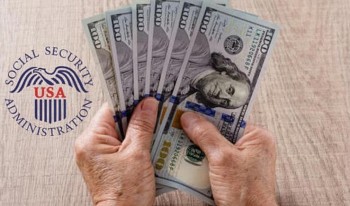 When Do Social Security Payments Go Out in May? The Full 2025 Payment Schedule When Do Social Security Payments Go Out in May? The Full 2025 Payment Schedule Stay ahead with the complete May 2025 Social Security payment schedule, detailed guidance, and smart tips to track and manage your benefits effectively. |
 Why Social Security Payments Are Being Suspended in 2025 - and How to Restore Them Why Social Security Payments Are Being Suspended in 2025 - and How to Restore Them Social Security payments may be suspended in 2025 due to new policies, identity checks, and unreported changes. Learn why it happens, how to restore your ... |
 Who Is Eligible for the £100 Nationwide Payment and How to Claim It Who Is Eligible for the £100 Nationwide Payment and How to Claim It Discover who qualifies for the £100 Nationwide Fairer Share Payment in 2025, with detailed eligibility rules, payment dates, tax info, and step-by-step instructions. Maximize your ... |

